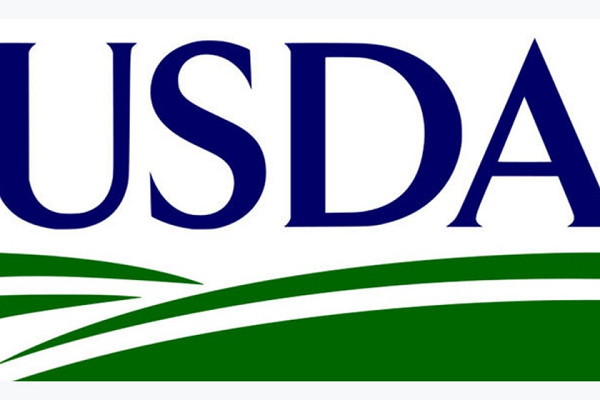
The USDA Economic Research Service’s Feed Outlook report for February 2025 provides an updated analysis of the global and domestic coarse grain markets, focusing on corn, sorghum, barley, and oats. Key highlights from the report include:
Domestic Outlook
- U.S. Corn Supply & Demand: No changes in the U.S. corn supply forecast, which remains at 16,655 million bushels for the 2024/25 marketing year. The average price is raised by $0.10 to $4.35 per bushel due to strong domestic and export demand.
- Corn Exports Remain Strong: Despite weak demand from China, U.S. corn exports are performing well, particularly with Mexico and the European Union, where commitments have increased significantly. Corn export commitments to the EU are at their highest level in the past decade.
- Corn for Ethanol: The ethanol industry remains a strong consumer of U.S. corn, with 5,500 million bushels projected for ethanol production in 2024/25. Ethanol exports are also rising, helping to maintain demand.
- Sorghum Market Shifts: China has reduced its demand for U.S. sorghum, leading to a 50-million-bushel reduction in export projections. However, this shortfall is balanced by increased domestic consumption, with sorghum being used as a cheaper alternative to corn in feed and ethanol production. Sorghum prices remain at $4.25 per bushel.
International Outlook
- South American Corn & Sorghum Production Declines:
- Brazil: Corn production forecast is reduced by 1 million tons due to weather-related delays in planting the second corn crop (safrinha).
- Argentina: Corn and sorghum production projections are lowered as drought and high temperatures impact yields.
- China’s Declining Demand: China’s coarse grain imports are forecast to drop by 4.2 million tons, including a 3-million-ton decline in corn imports and 1.2 million tons less sorghum imports. This has affected U.S. exports, particularly for sorghum.
- Barley & Oats Production Gains: Increased production in Kazakhstan and Argentina offsets some of the global reductions in corn and sorghum.
Key Takeaways for the Swine Industry
- Corn and sorghum feed costs may fluctuate due to shifting demand and export trends.
- Ethanol production remains a key driver of corn demand, influencing prices and availability for feed.
- China’s reduced grain imports are reshaping global trade flows, pushing U.S. exporters to find alternative markets.
- South American weather conditions are a wildcard that could further impact global grain supplies.
The next USDA Feed Outlook report will be released on March 13, 2025.
🔗 Download the full report here





